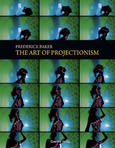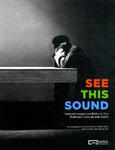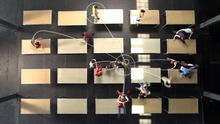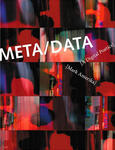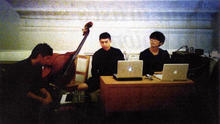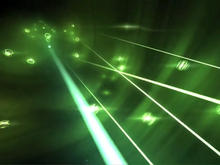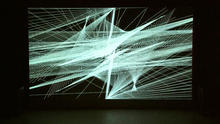Form Constant
(2010)is a collaboration between dancer/ choreographer Hope Goldman and her partner, visual artist/ programmer Andrew Moffat. It was performed live in 2010 as Goldman's Master's thesis show. Music by Ben Frost.
To perform the real-time tracking and effects, the piece uses infrared lighting and a custom-modded, $40 webcam along with custom software running on the GPU.
The choreography was influenced by the ideas of fluid dynamics and the energetic quality of the imagery.
Hope Goldman recently received her MFA in dance from the University of Illinois at Urbana Champaign where she also held a teaching assistantship. Her choreography and video work has been presented throughout the Midwest as well as several areas along the East coast at venus including The Tank and Chez Bushwick in New York.
Andrew Moffat is a web plus applications developer and visual artist who enjoys experimenting with and developing new ideas. He can be contacted by shouting his name loudly on his latest experimental project.
Source: YouTube
